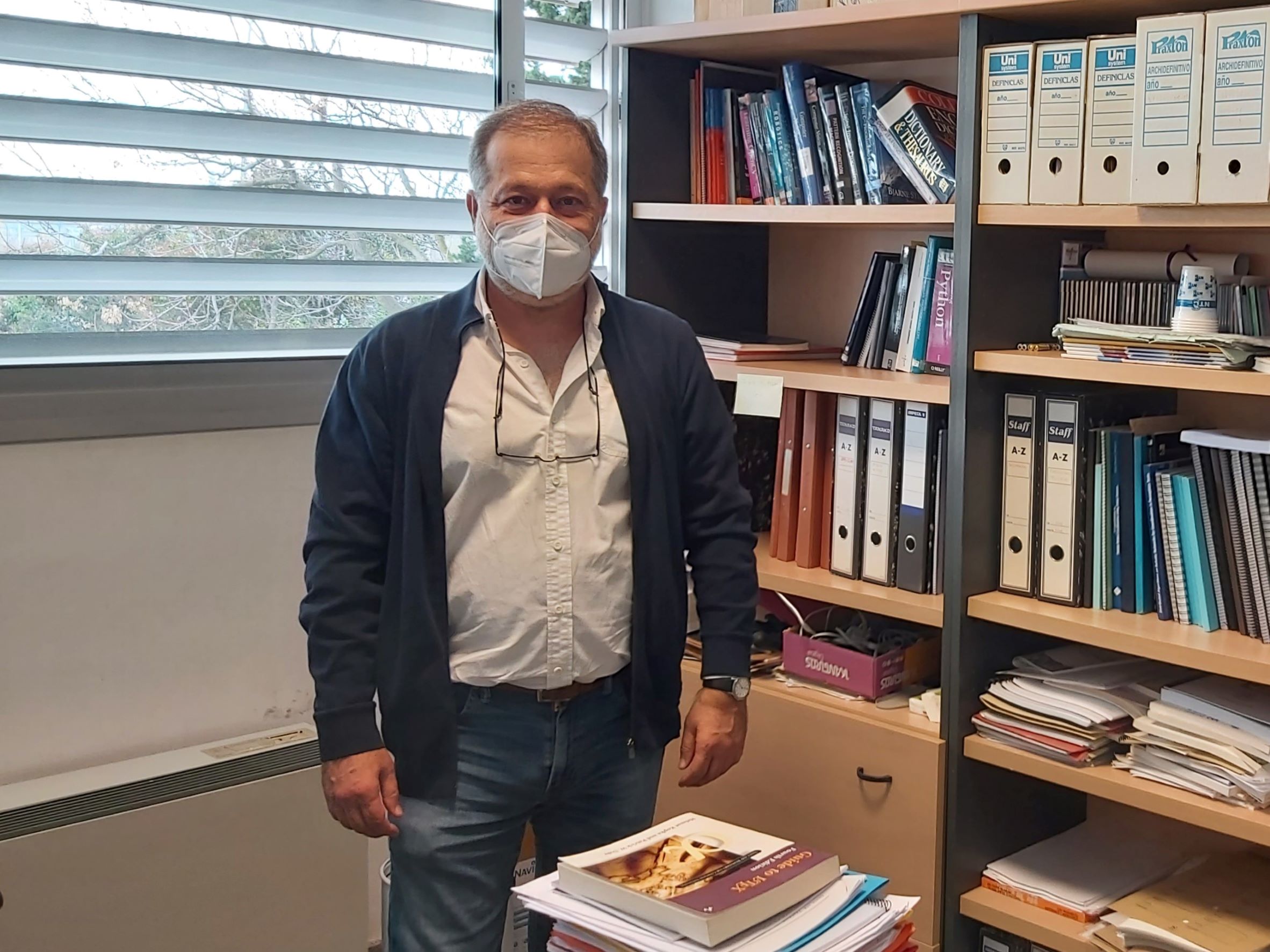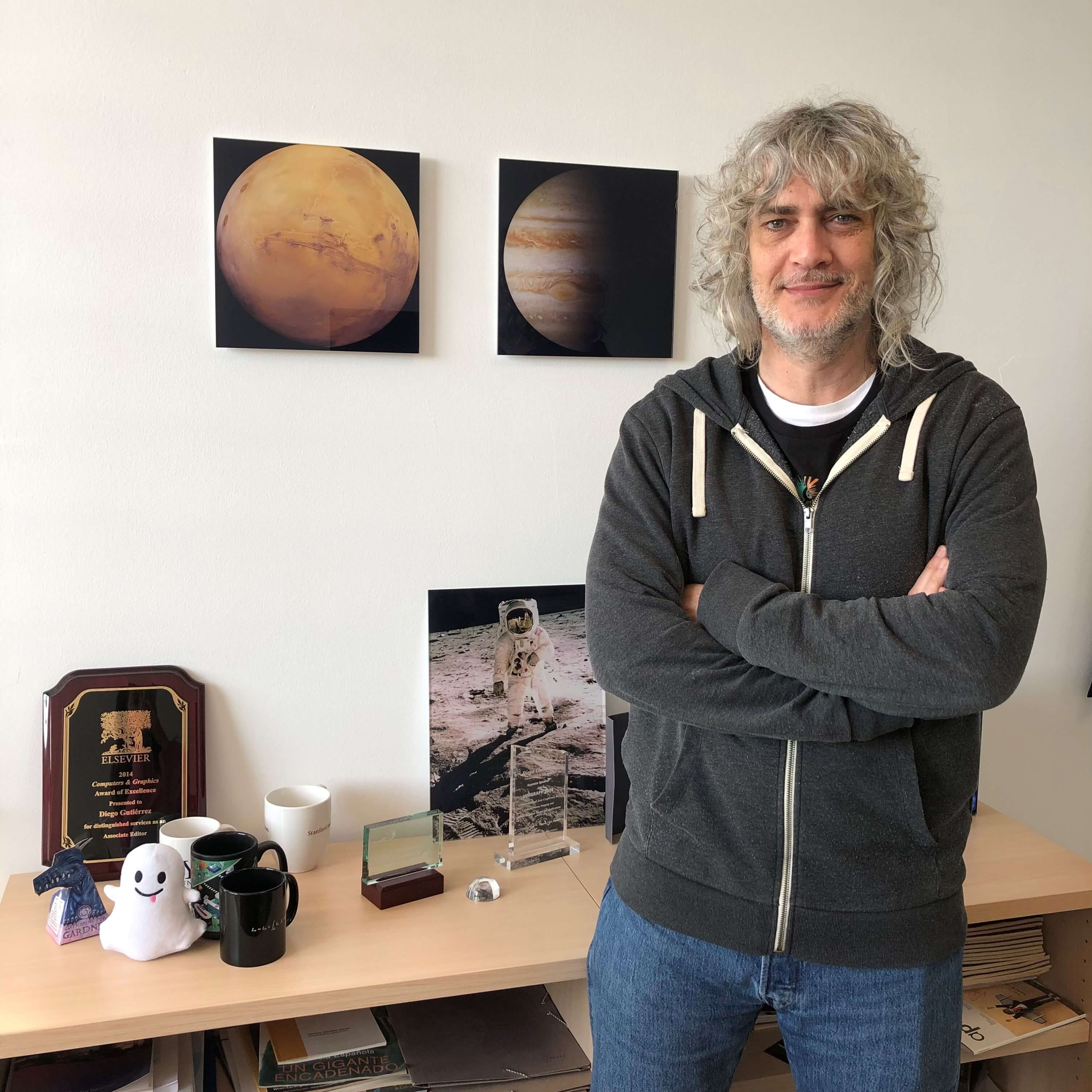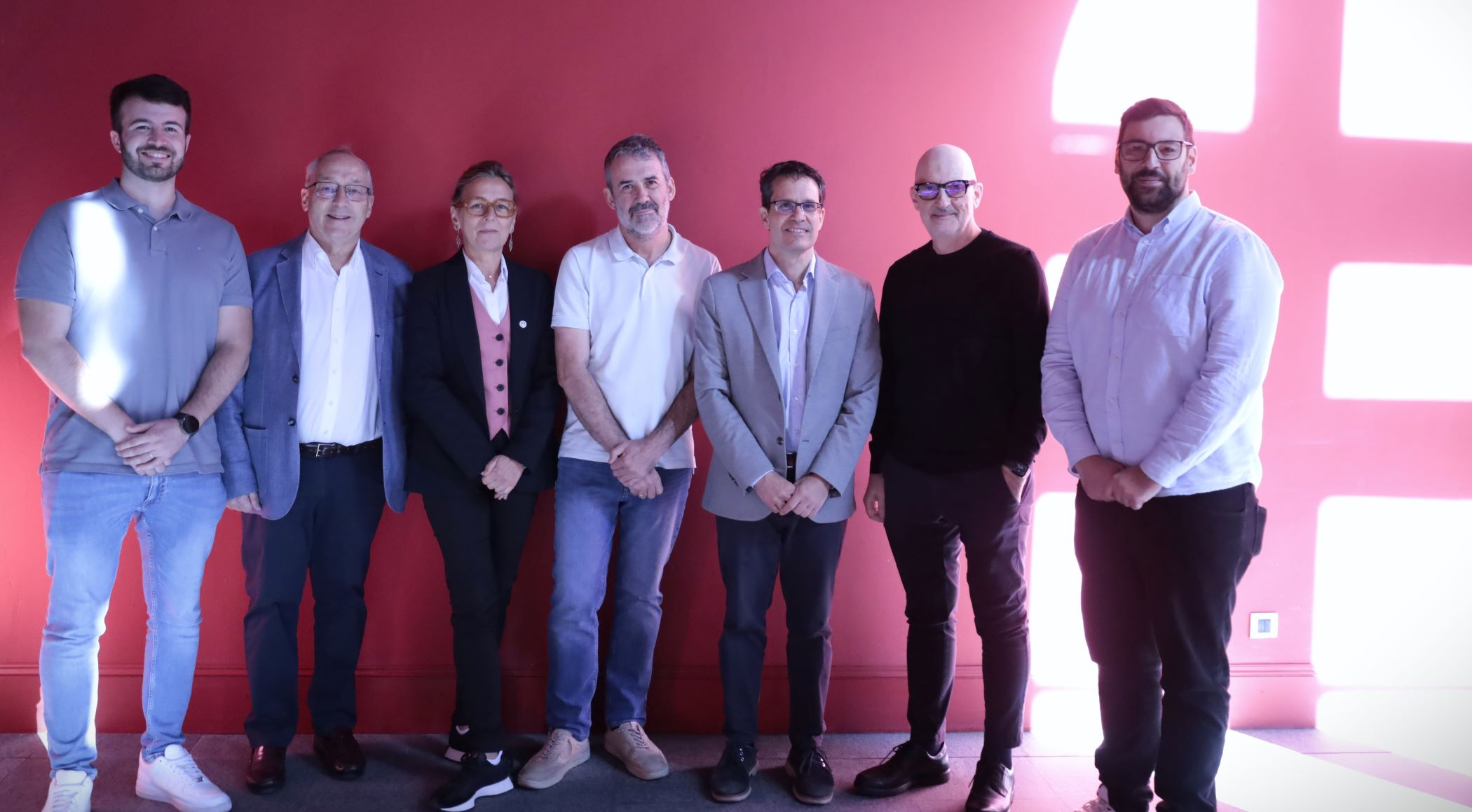
The Institute of Electrical and Electronics Engineers (IEEE), within the framework of the Robotics and Automation Society -IEEE-RAS- has chosen as a fellow Juan Domingo Tardós, professor of the Department of Computer Science and Systems Engineering at the University of Zaragoza, where he teaches courses on artificial intelligence, computer vision and machine learning. In addition, he investigates at the Aragon Engineering Research Institute (I3A) in the Robotics, Perception and Real Time (RoPeRT) group.
The IEEE has more than 400,000 associated professionals from more than 160 countries and is the scientific society with the largest number of researchers in the field of Electrical Engineering. Every year they select fellows for their contributions to knowledge and to society as a whole. Each distinction starts with the nomination by a society’s member, is informed by referees who are experts in the nominee's field of work and, finally, it is decided by a committee of the society.
The distinction of Juan Domingo Tardós is in recognition of the work carried out over 25 years in research, student training and community creation in the field of Robotics. He is awarded for his contributions to the development of Simultaneous Localization and Mapping (SLAM) algorithms with visual sensors, which today are being applied in virtual and augmented reality and in the operation of drones, robots or autonomous vehicles. "These are applications that did not exist ten years ago, we did not know when they were going to be possible and they are already on the streets -explains Professor Tardós-. When we began to research the SLAM problem we did not know if we would be able to solve it, today we can say that we have resolved and, furthermore, we have resolved it very well”.
The objective of this line of research is to design an algorithm that, seeing the images taken by a camera, is capable of focusing on certain elements of interest to calculate the trajectory of that camera and at the same time build a map of what is around it. In augmented reality glasses, for example, it is used to know what movements the user is making and, with that, change the representation of what they are seeing, adapting it to their movements. Everything has to be perfectly synchronized and computed in real time.
“We have already developed a version of software so advanced that, inside a room, we are able to compute the motion of the camera with an error of less than one centimetre, it is an unprecedented precision, nobody in the research community has achieved such high precision”, says the I3A researcher.
The software they have created has already been transferred to some 20 companies, it is called ORBSLAM, it belongs to the University of Zaragoza and large companies such as Huawei to small start-ups have licensed it.
The challenges that they have as researchers are in multiple directions, in health-care, where the role of robots is going to be intensified, as he explains, as well as in the development of day-to-day applications. Juan Domingo Tardós is convinced of the development that autonomous vehicles or robots will achieve in assisting people.

Regarding the research carried out at the University of Zaragoza, "it is highly international, the vast majority of PhD. theses carried out here have an international mention, which means that the student has spent time in an international laboratory, and that is essential for their training" says Tardós.
He also highlights the level of science in Spain for the funding it has. “The research we do in Spain is probably one of the most profitable in the world in terms of scientific results. What is missing is that the same culture of innovation really exists in all companies”.
Juan Domingo Tardós Solano was born in Huesca in 1961. Electrical Engineer (1985), and Doctor of Industrial Engineering from the University of Zaragoza (1991). Currently, he is a Professor in the Department of Computer Science and Systems Engineering of the School of Engineering and Architecture (EINA), where he teaches courses on artificial intelligence, computer vision and machine learning.
His lines of research include sensor integration, autonomous mobile robots, Simultaneous Localization and Mapping (SLAM) with laser and ultrasound sensors, and visual SLAM. He is co-author of a book and more than 80 research papers on these topics, which have had a great international impact, making him one of the most cited Spanish robotics researchers.
His research on visual SLAM has given rise to many transfer and consultancy contracts with companies, and to six registered software libraries, owned by the University of Zaragoza, which have been licensed for commercial exploitation to companies in Asia, America and Europe.



